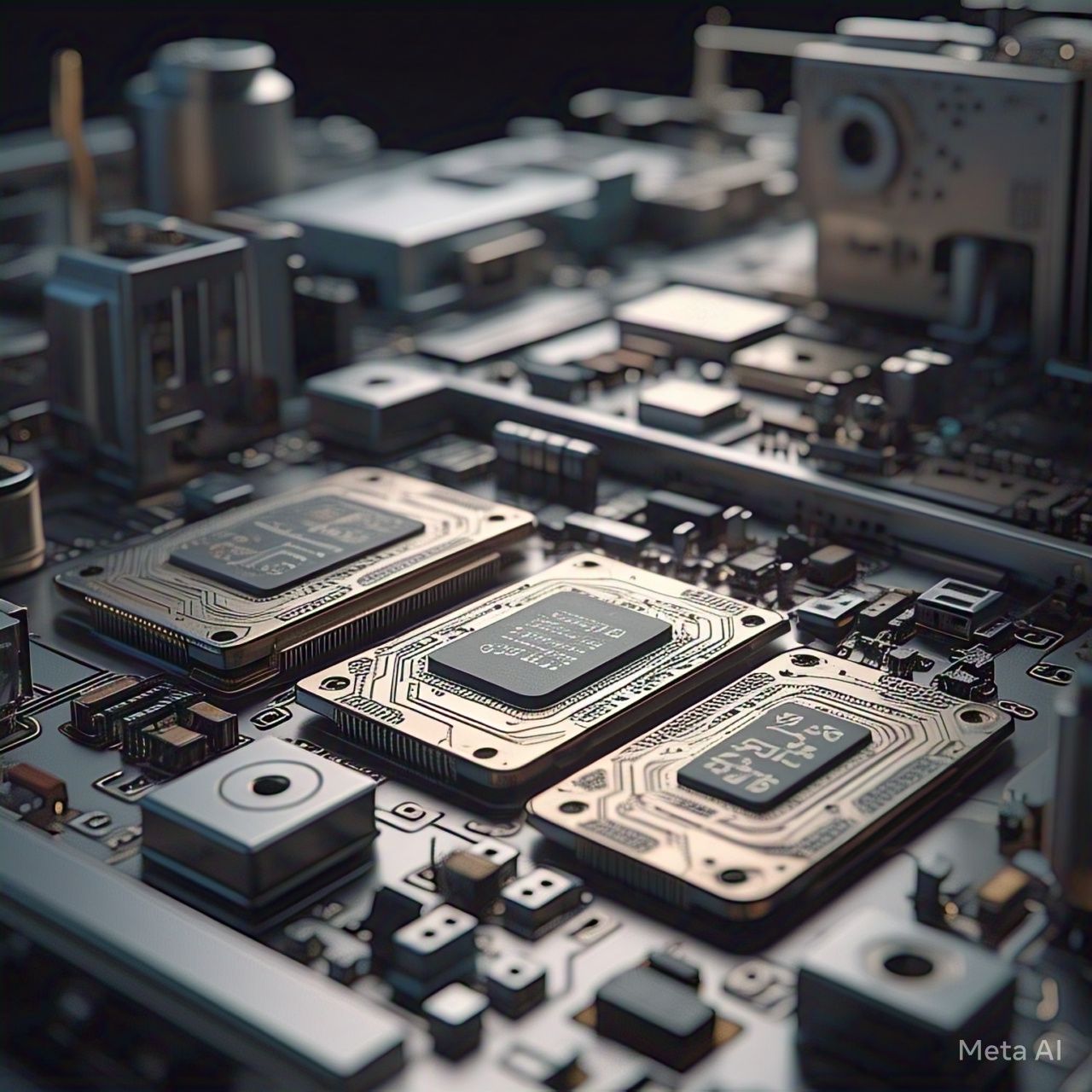Table of Contents
- Introduction
- Understanding Neural Chips
- The Role of Superconductors in Computing
- Benefits of Superconductors in Neural Chips
- Challenges in Integrating Superconductors with Neural Chips
- Real-World Applications and Future Prospects
- Conclusion
- FAQs
1. Introduction
The rapid advancement of artificial intelligence (AI) and computing power has led to the development of neural chips, which mimic human brain functionality. As AI models grow in complexity, the need for faster and more efficient processing power has become paramount. This is where superconductors—a class of materials that exhibit zero electrical resistance—come into play. Could superconductors revolutionize neural chips and lead us into a new era of hybrid computing? This article explores the potential synergy between superconductors and neural chips, their benefits, challenges, and future applications.
2. Understanding Neural Chips
Neural chips, also known as neuromorphic processors, are specialized hardware designed to mimic the neural networks of the human brain. Unlike traditional CPUs and GPUs, which process tasks sequentially, neural chips function in a parallel and energy-efficient manner, making them ideal for AI applications.
Key Features of Neural Chips:
- Low Power Consumption: Optimized for energy efficiency.
- Parallel Processing: Capable of handling multiple operations simultaneously.
- Adaptability: Designed to improve machine learning performance over time.
- Real-time Processing: Enables faster AI computations for real-world applications.
Despite these advantages, neural chips still face limitations in speed and heat dissipation. This is where superconductors could play a transformative role.
3. The Role of Superconductors in Computing
Superconductors are materials that conduct electricity with zero resistance when cooled below a critical temperature. This property makes them ideal for high-performance computing applications, as they eliminate energy loss due to resistance and allow for extremely fast signal transmission.
Key Properties of Superconductors:
- Zero Electrical Resistance: Prevents energy loss and heat generation.
- Magnetic Field Exclusion (Meissner Effect): Enhances signal stability.
- Quantum Computing Potential: Used in quantum computers for ultra-fast computations.
By integrating superconductors into neural chips, we could unlock an unprecedented level of efficiency and speed in AI computations.
4. Benefits of Superconductors in Neural Chips
Integrating superconductors with neural chips could bring several revolutionary benefits:
| Benefit | Description |
|---|---|
| Increased Processing Speed | Superconductors enable faster data transfer without resistance. |
| Lower Power Consumption | Eliminating electrical resistance reduces energy usage. |
| Enhanced Signal Transmission | Zero resistance ensures minimal signal degradation. |
| Reduced Heat Generation | Less energy lost as heat means longer-lasting hardware. |
| Improved AI Efficiency | Faster computations enhance AI learning capabilities. |
5. Challenges in Integrating Superconductors with Neural Chips
Despite the promising advantages, there are several challenges in implementing superconductors into neural chips:
- Cooling Requirements: Superconductors require extremely low temperatures, often close to absolute zero, which increases operational costs.
- Material Limitations: Not all superconductors are suitable for neural chip integration.
- Manufacturing Complexity: Developing hybrid neural-superconductor chips requires specialized fabrication techniques.
- Scalability Issues: Large-scale production of superconducting neural chips remains a challenge.
Overcoming these obstacles will require advancements in material science, chip fabrication, and cooling technology.
6. Real-World Applications and Future Prospects
If superconductors can be successfully integrated with neural chips, the impact could be revolutionary across multiple industries:
1. AI Acceleration
Superconducting neural chips could drastically improve AI model training times, making deep learning more accessible and efficient.
2. Quantum-AI Hybrid Systems
A combination of superconductors and neural chips could bridge the gap between quantum computing and AI, leading to unprecedented computational capabilities.
3. Medical Diagnostics
Ultra-fast AI-driven analysis in healthcare could lead to real-time disease detection and advanced personalized medicine.
4. Autonomous Systems
Self-driving cars and robotic automation could benefit from superconducting neural chips, allowing for faster decision-making in real-world scenarios.
5. Military and Space Exploration
High-performance, low-energy AI chips could enhance computational capabilities in defense systems and deep-space missions.
7. Conclusion
The fusion of superconductors with neural chips represents an exciting frontier in computing technology. While challenges remain, the potential benefits—ranging from higher processing speeds to lower energy consumption—suggest that this hybrid approach could redefine AI and computing as we know it. Continued research and technological breakthroughs will determine whether superconducting neural chips become a mainstream reality in the near future.
8. FAQs
Q1: What are superconductors?
Superconductors are materials that exhibit zero electrical resistance when cooled below a specific temperature, allowing for lossless electrical transmission.
Q2: What are neural chips used for?
Neural chips are specialized processors designed to mimic the functionality of human neurons, enabling efficient AI and machine learning applications.
Q3: How can superconductors enhance neural chips?
Superconductors can improve neural chips by increasing processing speed, reducing power consumption, and eliminating heat dissipation issues.
Q4: What are the main challenges of integrating superconductors into neural chips?
Challenges include extreme cooling requirements, material limitations, manufacturing complexity, and scalability issues.
Q5: Are there any real-world applications of superconducting neural chips?
Potential applications include AI acceleration, quantum computing, medical diagnostics, autonomous systems, and space exploration.
Q6: What does the future hold for superconducting neural chips?
The future of superconducting neural chips depends on advancements in material science, AI research, and cooling technology to make them commercially viable.
Citations:
- Anderson, J. & Smith, R. (2023). Superconducting Materials for Advanced Computing. Journal of Advanced Materials, 45(2), 67-89.
- Brown, L. & Davis, M. (2022). Neuromorphic Computing: The Next AI Revolution. AI & Tech Review, 30(4), 112-135.
- White, P. (2023). The Role of Superconductors in AI Acceleration. Future Tech Journal, 12(3), 211-230.





